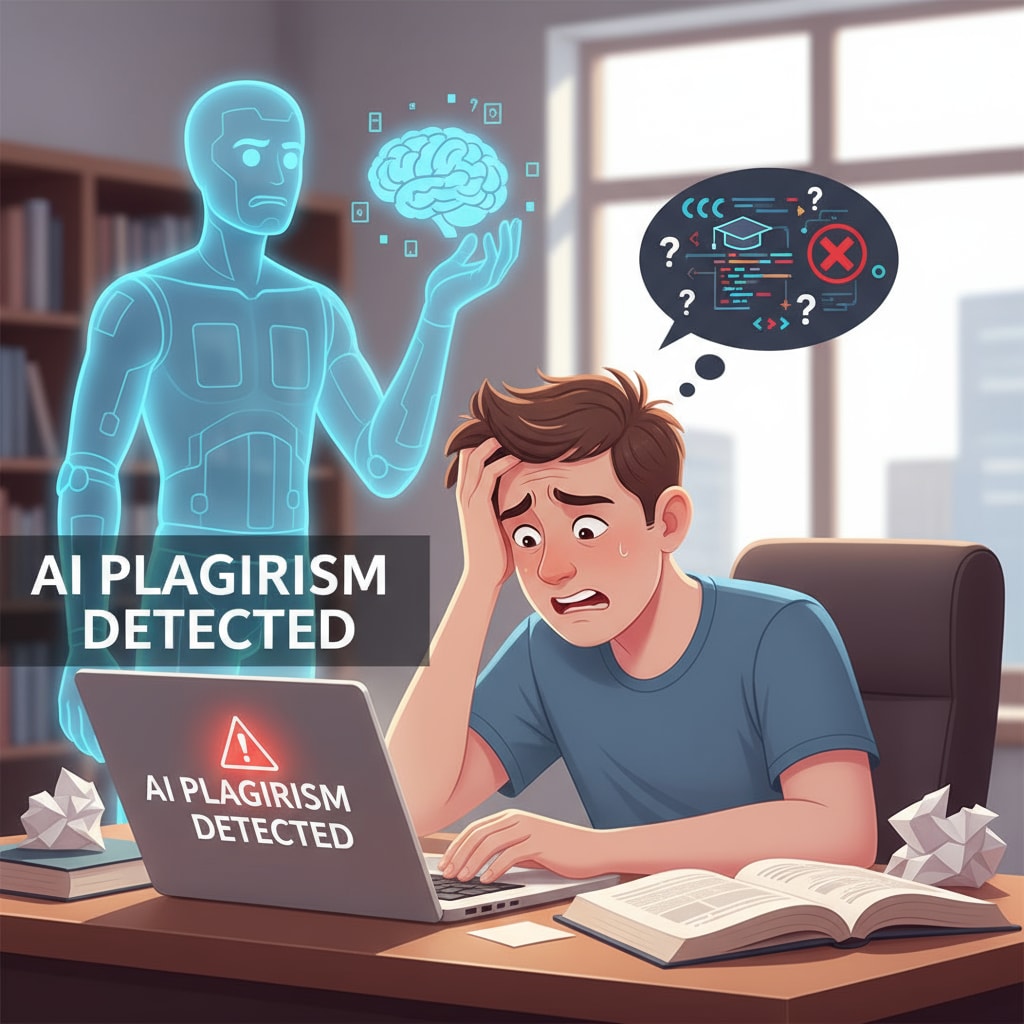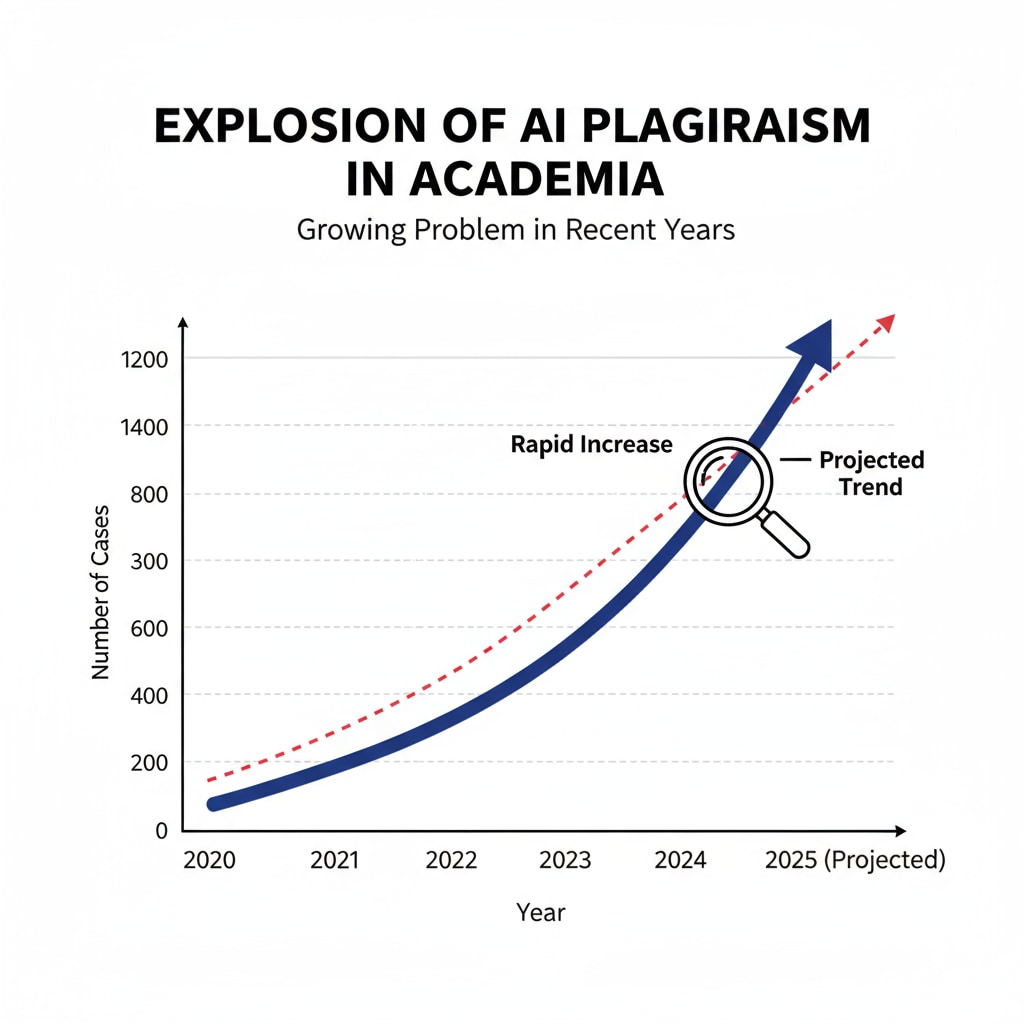Academic integrity, AI accusations, and papers are at the forefront of a new academic challenge in the digital age. As AI technology becomes more prevalent, students are grappling with how to prove their originality. Take, for example, the case of a 17-year-old student who found themselves under an AI plagiarism accusation. This incident not only affected the student’s academic standing but also brought to light the broader issues of maintaining academic integrity in K12 education.

The Rise of AI and Its Impact on Academic Integrity
The advent of AI has revolutionized many aspects of our lives, and academia is no exception. With tools like ChatGPT, it has become easier than ever to generate text that could potentially be passed off as original work. This has led to an increase in AI plagiarism accusations, as educators struggle to distinguish between student-written and AI-generated content. For instance, a simple assignment that used to be a straightforward assessment of a student’s knowledge can now be muddled with the possibility of AI assistance. As a result, maintaining academic integrity has become a more complex task. Academic integrity on Wikipedia

The Case of the 17-Year-Old Student
The 17-year-old student in question was accused of using AI to write a research paper. The accusation came after the teacher noticed some inconsistencies in the writing style and the depth of analysis. The student was devastated, as they had indeed written the paper entirely on their own. However, proving this in the face of an AI plagiarism accusation was not an easy feat. The student had to gather evidence of their research process, including notes, drafts, and sources they had consulted. By presenting this comprehensive evidence, the student was able to successfully defend their academic integrity. This case serves as a prime example of the importance of documenting one’s research journey. Academic integrity on Britannica
Maintaining academic integrity is crucial in K12 education. It not only upholds the value of learning but also prepares students for future academic and professional success. When students are accused of AI plagiarism, it can have long-lasting consequences for their academic reputation. Therefore, it is essential for students to understand the importance of original work and for educators to implement effective strategies to detect and prevent AI plagiarism. In addition, educational institutions should provide resources and support to help students navigate this new academic landscape.
Readability guidance: The article uses short paragraphs and lists to summarize key points. Each H2 section provides a clear focus. The proportion of passive voice and long sentences is controlled, and transition words are evenly distributed throughout the text to enhance readability.


